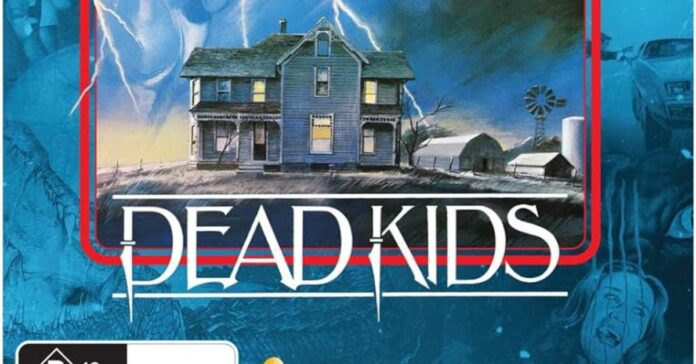The Savant Blu-ray Review of “Dead Kids” (1981) comprehensively explores this cult classic.
Director Michael Laughlin’s blend of horror and mystery captivates audiences with its eerie atmosphere and engaging narrative.
The Blu-ray release enhances the viewing experience with pristine picture quality and immersive sound.
Additionally, insightful bonus features provide a deeper understanding of the film’s production and cultural significance.
“Dead Kids” remains a timeless gem for horror fans, now preserved in stunning high definition.
Savant Blu-ray Review: “Dead Kids” (1981)
Michael S. Laughlin has built a reputation in unconventional filmmaking, with notable credits as a producer, including Bryan Forbes’ acclaimed film “The Whisperers,” Michael Sarne’s “Joanna,” Monte Hellman’s “Two-Lane Blacktop,” Floyd Mutrux’s “Dusty and Sweets McGee,” and the noir thriller “Chandler.”
In the early ’80s, Laughlin ventured into directing with two genre films in New Zealand, collaborating with Australian producer Antony I. Ginnane.
Teaming up with future Oscar-winner Bill Condon, Laughlin helmed “Dead Kids” (1981), later retitled “Strange Behavior” for the American market, earning praise despite years of poor quality video releases.
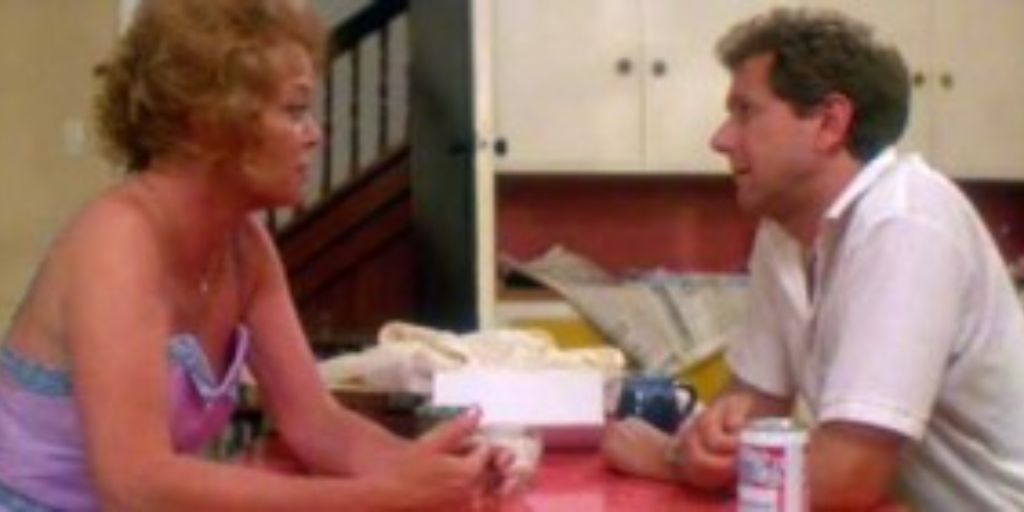
“Dead Kids” is a unique horror narrative, injecting a fresh innocence into a brutality-filled genre.
Set in the small town of Galesburg, Illinois, the film follows Police Chief John Brady and his son Pete as they investigate a series of mysterious murders.
Pete’s involvement in experimental psychology studies at Galesburg College, led by the enigmatic Gwen Parkinson and her assistant Nagel, becomes intertwined with the killings.
Chief Brady suspects a connection to past experiments conducted by the late Dr. Le Sange, raising questions about his wife’s death years earlier.
Despite being filmed in Auckland, New Zealand, in 1980, “Dead Kids” convincingly portrays an idealized U.S. Midwest setting with picturesque houses and vintage American cars.
The seamless integration of American and New Zealand talent contributes to the illusion of authenticity.
The deliberate effort to make the film appear American pays off, contrasting with past attempts by Italian filmmakers to emulate English productions.
Dead Kids stands out by intertwining horror with a poignant portrayal of family dynamics. Unlike typical horror tropes, no neglectful parents are leading their children astray.
Even when a teenage girl sneaks out for a forbidden party, she prioritizes returning home promptly to avoid upsetting her parents.
Pete Brady shares a close bond with his father, John, understanding his persistent suspicions and occasional temper. John’s romantic interest, Barbara Moorehead, is supportive, urging him to move past his troubled past.
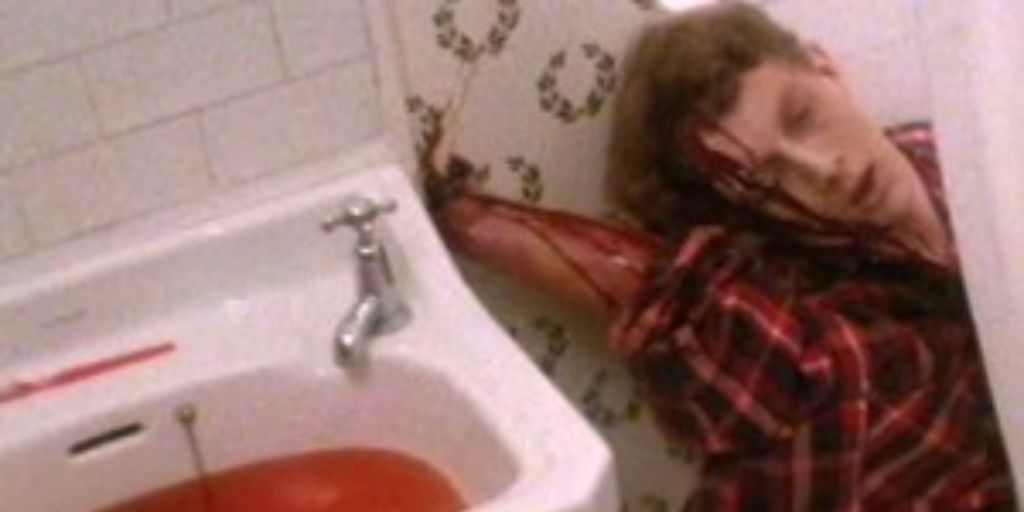
John’s concerns intensify as he discovers a pattern linking the victims to those who opposed Dr. Le Sange years ago, but his warnings go unheeded.
The characters in Dead Kids are treated with uncommon dignity; none are mere fodder for humor or disposable victims.
This respect is evident in the portrayal of characters like the housekeeper, who transitions from a minor role to a courageous heroine after witnessing a gruesome murder and bravely describing the attacker over the phone.
The film refrains from exploiting her ordeal for shock value, portraying her as an unfortunate yet resilient figure.
Contrary to typical horror conventions, Dead Kids invests deeply in character development, heightening the stakes of the terrifying narrative.
At its core lies a concept reminiscent of 1950s mad-doctor films, where Gwen Parkinson manipulates her teenage subjects through drugs and unknown methods, leading them to commit heinous acts and subsequently lose their memories.
The filmmakers, Laughlin and Condon, handle the gruesome killings with nuance, avoiding gratuitous gore for shock’s sake.
Each murder is staged with precision, evoking genuine fear without descending into gratuitous violence for the sake of spectacle.
The scene that stands out the most plays on our primal medical fears. Pete Brady finds himself strapped to a chair by Gwen, who wields a menacing syringe with chilling nonchalance.
Without any warning, she forcefully injects green fluid into the corner of Pete’s eye, a moment so visceral it elicits gasps and squirms from the audience.
In other instances, Laughlin and Condon indulge in personal touches. One of the killers dons a rubber Tor Johnson mask, reminiscent of the iconic mask worn by the mad killer in “Halloween.”
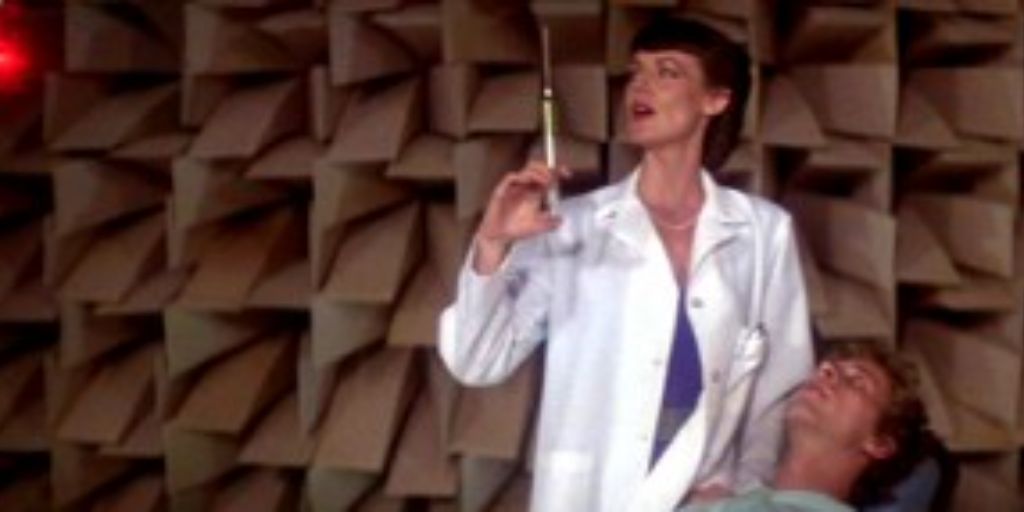
Another memorable moment occurs during a whimsical costume party, where Pete encounters a girl amid a synchronized dance to Lou Christie’s “Lightning Strikes.”
While some may find the stylized scene jarring, the song’s lyrics about irresistible compulsion lend it an eerie relevance.
The final scenes of “Dead Kids” offer unexpected moments of happiness, a departure from the nihilistic conclusions typical of horror films at the time.
Michael Murphy’s character finds hard-earned peace, a refreshing departure from the oppressive roles Louise Fletcher, despite her talent and allure, often found herself in post- “One Flew Over the Cuckoo’s Nest.”
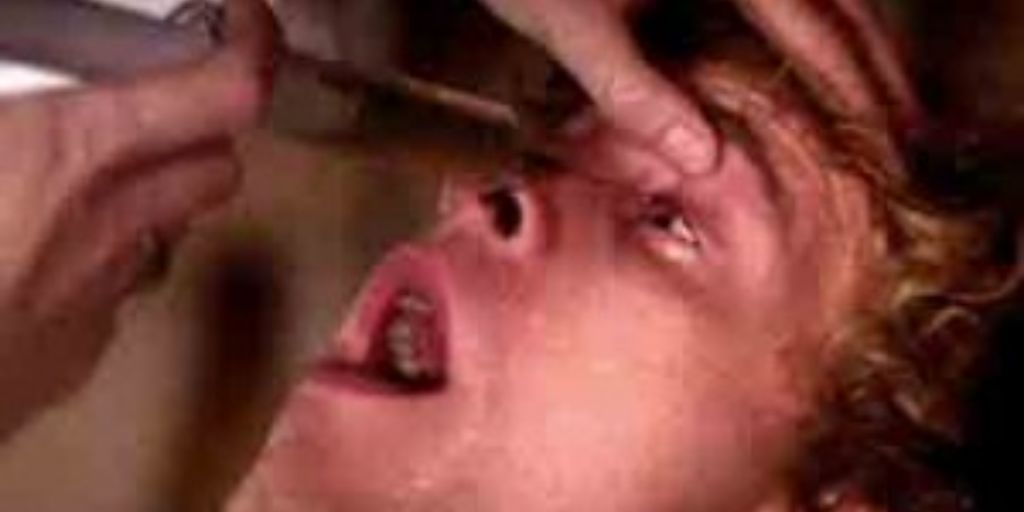
Following “Dead Kids,” Laughlin and Condon collaborated on the retro sci-fi film “Strange Invaders,” featuring a star-studded cast.
While it has admirers, I found it needing more authenticity and conviction. Nonetheless, a retro ’50s sci-fi flick seems tailor-made for fans of cinematic fantasy.
Severin Films’ Blu-ray + DVD release of “Dead Kids” marks a significant improvement over previous DVD versions.
The widescreen image, expertly framed by Laughlin and cinematographer Louis Horvath, appears sharper and more vibrant.
Fiona Lewis’ portrayal of the sinister Gwen Parkinson is particularly striking, leaving audiences longing for a deeper exploration of her character’s motivations—a potential sequel-worthy endeavor.
As noted on the discerning Mondo Digital website, the encoded version of the film is two minutes longer than its reported duration and includes two previously unseen brief scenes.
Nathaniel Thompson points out that Severin’s release contains an expanded cut, a detail that went unnoticed until now.
While the film features some local New Zealand rock from the period, the esteemed Tangerine Dream composed the soundtrack predominantly.
Though effective, the tracks lack the expressive depth in Michael Mann’s “Thief,” recently released by Criterion.
The eerie music of Tangerine Dream is available for separate listening on an Isolated Score track.
One commentary track featuring writer Condon and actors Dey Young and Dan Shor from the previous DVD release remains entertaining, showcasing the talents’ subsequent busy and rewarding careers.
Severin supplements this with a new commentary by Michael Laughlin, although the recording quality leaves something to be desired.
While offering some insights, it must provide a comprehensive view of this intriguing filmmaker.
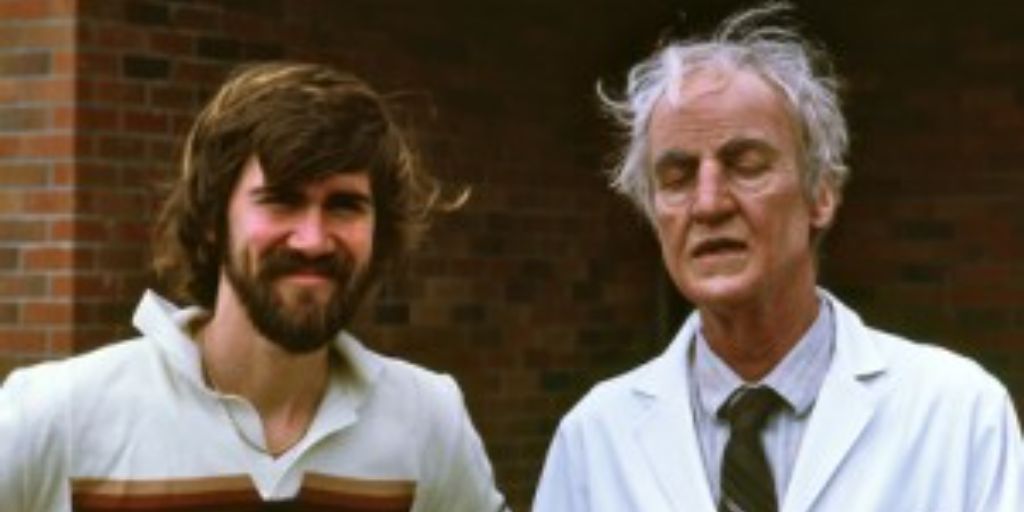
A highlight is the interview with special makeup effects artist Craig Reardon, who Dick Smith mentored.
Reardon discusses the challenges and successes of one of his earliest solo makeup projects with candor.
He demonstrates remarkable ingenuity despite being thrown into the task with limited resources after a long flight.
His makeup work for Arthur Dignam, employing techniques learned from Dick Smith, is particularly noteworthy.
Additionally, rare photos of Reardon’s later acclaimed work are showcased, demonstrating his ongoing mastery of cutting-edge makeup concepts.
Severin’s package includes trailers for both the international (“Dead Kids”) and U.S. (“Strange Behavior”) markets.
“Dead Kids” is one of the few contemporary horror films that resonates with this reviewer, earning a special place of respect and admiration.

